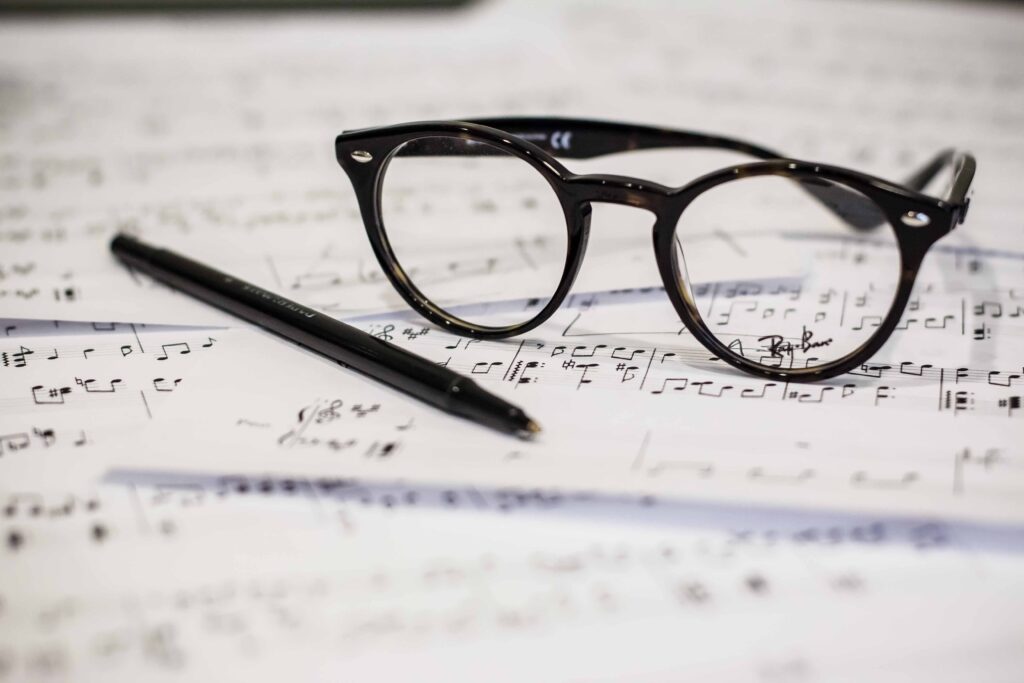
Photo by Dayne Topkin on Unsplash
[Updated Aug. 27 2023] As teachers and students alike get ready to head back to classrooms, rehearsal spaces, and studios, it’s a wonderful time to think about the numerous ways that composers outside of the standard dead, white, male canon can be learned about, performed, and appreciated. We at WPA firmly believe it’s never too early to start learning about and incorporating repertoire by underrepresented composers into the curriculum.
Here is a quick round-up of resources designed to help make easy additions to the curriculum, for students young and old.
The Women in Music Anthology, published by The Kaprálová Society, is a wonderful resource, the digital version is available for free download. Essays on Hensel, Schumann, Beach, Smyth, Price, Grøndahl, White, Lynn, Kaprálová, history of women’s orchestras, the woman composer question and more. Available here (link is below the Table of Contents).
Hildegard Publishing has music for soloists, chamber ensembles, and large ensembles ready to explore the larger canon. Their catalog includes works by historic and contemporary composers, and their School Guide is a wonderful place to start for educators.
Of course, Women’s Philharmonic Advocacy has our own publications of newly arranged or edited & engraved orchestral works (mostly by historic composers), expertly edited and ready to perform. Our editions of Amy Beach’s music include chamber and solo works as well as orchestral, as we strive to make the complete catalogue of Beach’s music accessible.
Expanding the Music Theory Canon provides educators seamless ways to incorporate works by women and composers of color into their music theory lesson plans. Easy drop down menus make it easy to find example of concepts, each of which are accompanied by links to the full score, the specific example, an audio file, and the composer’s biography. The composers’ biographies and lists of further resources are useful for all music teachers and practitioners
Another great resources that includes hundreds of examples of music theory concepts in works composed by women is Music By Women; this site also includes some writings by and references for historic female music theorists. Those of us with bare walls in our physical spaces will also enjoy the extensive collection of posters, each design hand painted by UK artist Margit van der Zwan before being digitally colored. They are a beautiful reminder of the underrepresented voices that should be known and heard.
For educators of the youngest musicians, recent years have seen a blossoming of new picture books centered on the lives of historic composers. Some of my favorites include:
Who is Florence Price, which was written by Students of the Kaufman Music Center.
Perfect Pitch and Persistent!: The Music Debut of Amy Cheney Beach by Caitlin Delems, illustrated by Alison Jay. It comes with endorsements by our President, Dr. Liane Curtis and JoAnn Falletta, long-time conductor of The Women’s Philharmonic. Our offer of the book as a thank-you gift for a donation of $40 or more still stands!
Rise Up with a Song: The True Story of Ethel Smyth, Suffragette Composer by Diane Worthey, illustrated by Helena Pérez García. An enjoyable book, although we are disappointed that there is so little about Smyth’s work as a composer. After all, her work for the suffrage movement was only two years of her long and music-filled life!
All of this is just a small sample of all of the opportunities that are available to expand music theory and history curricula to be inclusive and true representations of the history and future of classical music. The DoReMiDesigns Etsy Shop includes posters, clothing, and accessories to help introduce women composers into daily conversations. (Who wouldn’t love a Fanny Mendelssohn Fanny Pack?!?)
The beginning of the new school year – though often bittersweet – is also the ideal opportunity to set new goals for inclusion and representation in classroom and studio spaces, as well as in recital and concert programming. There is so much work to be done to come close to the equity we seek – the perfect time to start is right now.
What’s your favorite resource? Let us know what we left out and we’ll add to our list. info@wophil.org
